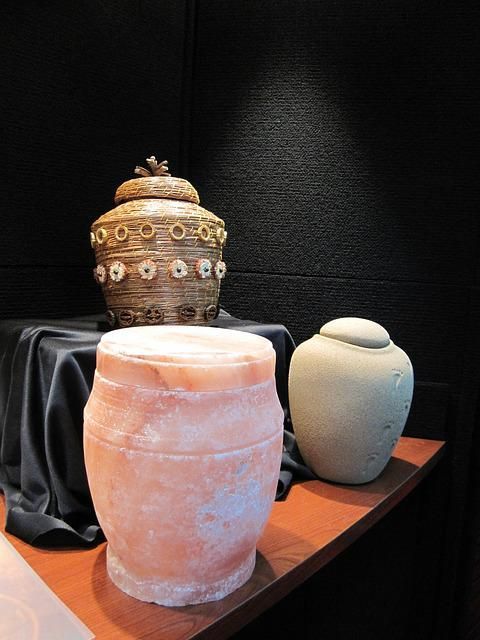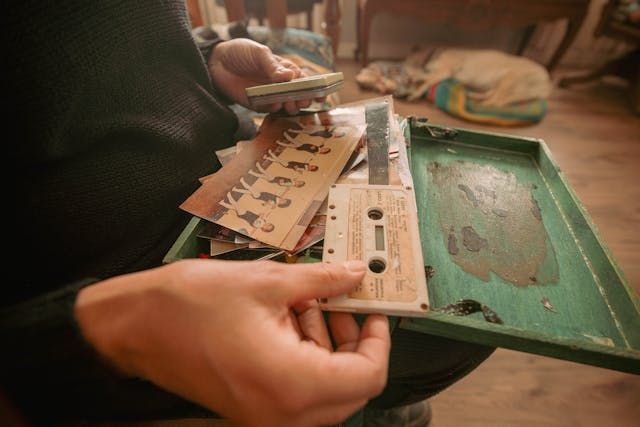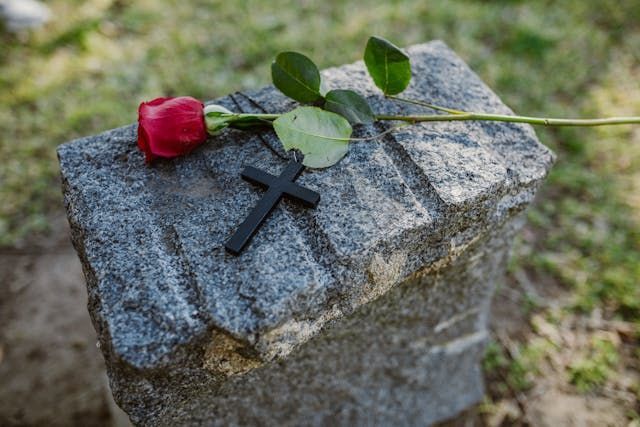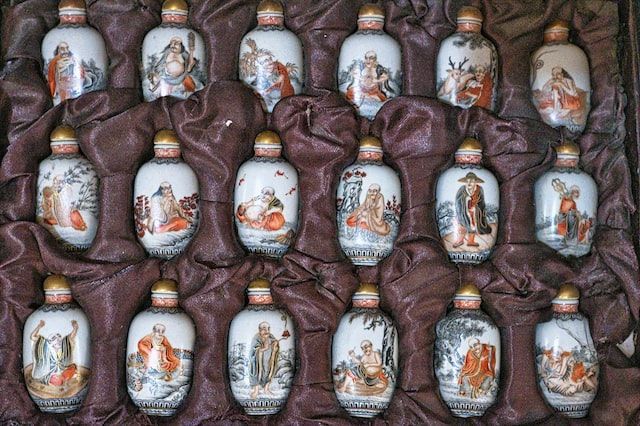What Happens During a Standard Traditional Cremation Process
Cremation is a heartfelt farewell. With cremation services Kaysville, UT, every stage is handled with professionalism, ensuring care and respect throughout.

Cremation is a meaningful way to honor and remember loved ones after they pass. While many people are familiar with the concept, understanding what actually happens during a standard cremation can provide clarity and peace of mind. The process follows a structured approach to ensure respect and dignity at every stage. This article outlines each step, from preparation to final arrangements. If you are considering cremation services Kaysville, UT, gaining insight into the process can help you make informed decisions.
Verification and Authorization
Before a cremation can take place, certain legal and procedural steps must be completed. The necessary paperwork, including a cremation authorization form signed by the legal next of kin, is processed to ensure compliance with state and local regulations. This step guarantees that all parties involved are informed and that the cremation is conducted ethically and lawfully. Additionally, identification protocols are followed to maintain accuracy and respect for the individual throughout the process.
Preparation of the Body
Once authorization is obtained, the body is prepared for cremation. Any medical devices, such as pacemakers, are removed for safety reasons. The body is then placed in a combustible container made of wood or reinforced cardboard. This container ensures a smooth transition into the cremation chamber while maintaining dignity and environmental responsibility. Families may choose to include ceremonial preparations, such as a brief moment of reflection before the process begins.
The Cremation Chamber Process
The prepared body is then placed into the cremation chamber, also known as a retort. This high-temperature facility is designed to break down the body through intense heat, typically reaching between 1,400 and 1,800 degrees Fahrenheit. This process lasts several hours and is monitored closely by trained professionals to ensure proper handling. The chamber's structure, made of heat-resistant materials, helps maintain consistent temperatures and efficiency throughout the procedure.
Cooling and Processing of Remains
After the cremation process is complete, the chamber is allowed to cool before the remains are handled. Once cooled, the remains are carefully removed and examined to ensure all organic matter has been processed. Any non-organic materials, such as surgical implants or metal fragments, are separated and properly disposed of. The remaining fragments are then processed into a refined consistency, ensuring they are prepared respectfully for the next steps.
Memorialization and Family Traditions
Following cremation, families have various ways to honor and memorialize their loved ones. Some choose to hold a memorial service, while others prefer a private gathering to reflect on cherished memories. Cremation allows for flexibility in planning meaningful tributes that align with personal beliefs and traditions. Whether through a formal ceremony or a quiet remembrance, this stage is an opportunity to celebrate a life well lived and offer closure to loved ones.
Compassionate Support During Cremation
Choosing cremation is a deeply personal decision, and working with experienced professionals can help ensure that every step is handled with care. Families deserve guidance and support throughout this process to make informed choices that align with their values. At Lindquist Mortuaries and Cemeteries, we offer professional and compassionate care during the cremation process. If you are considering cremation services Kaysville, UT, our team is here to support and guide you with care and respect.











